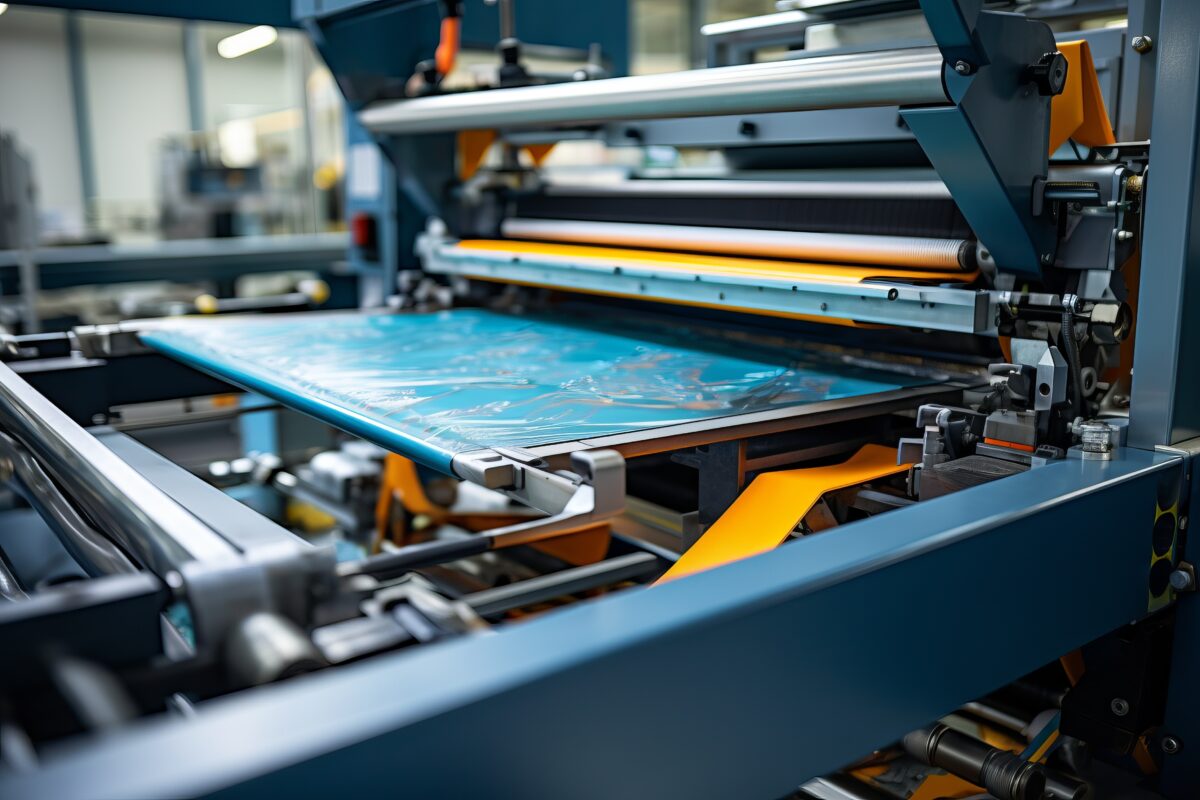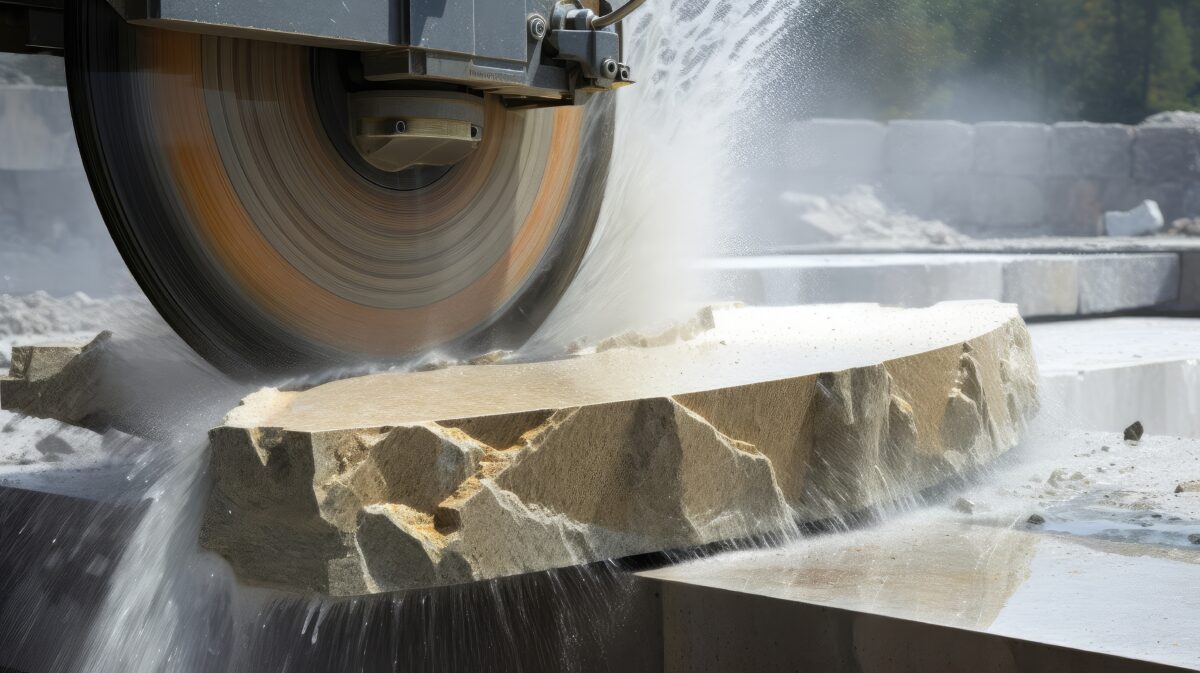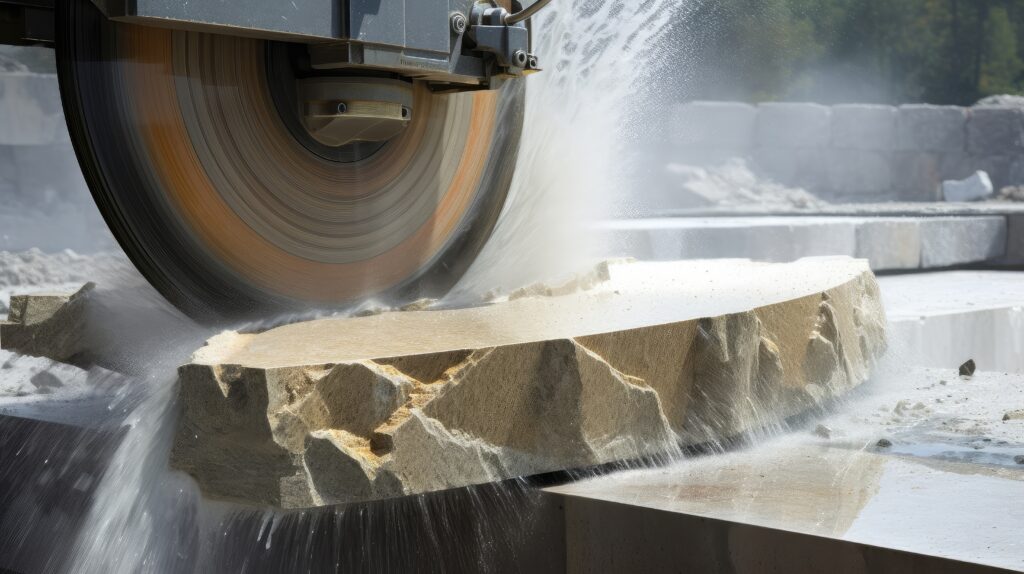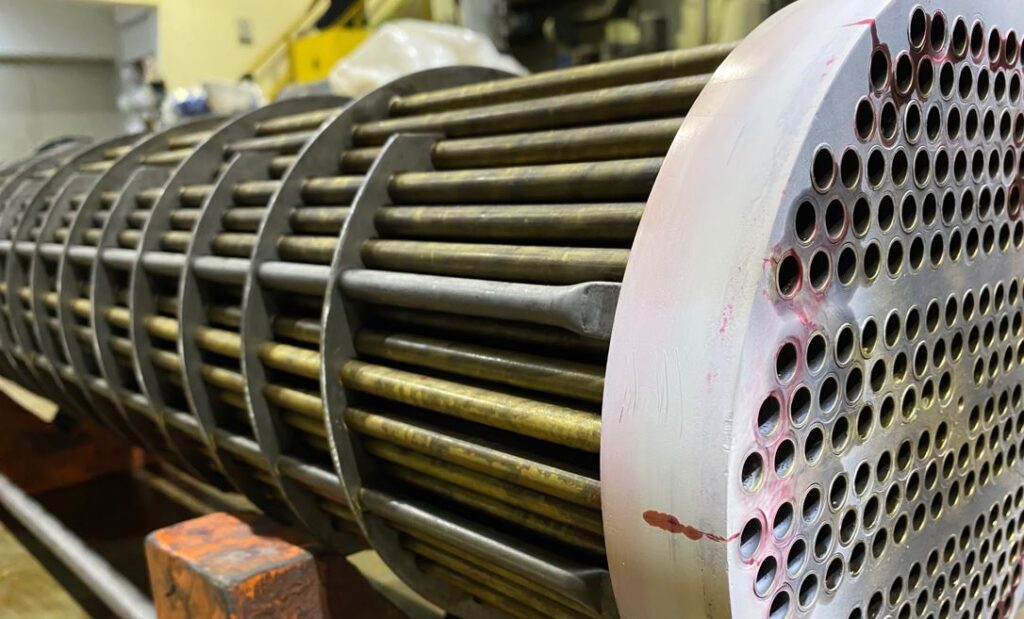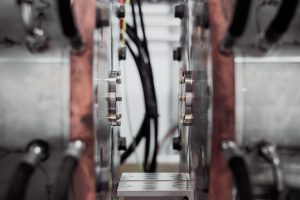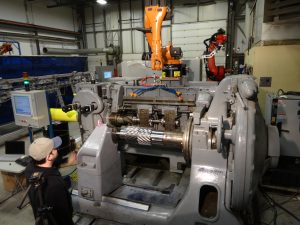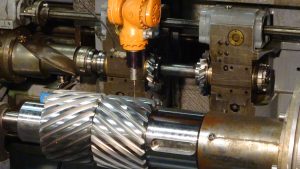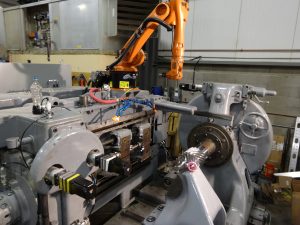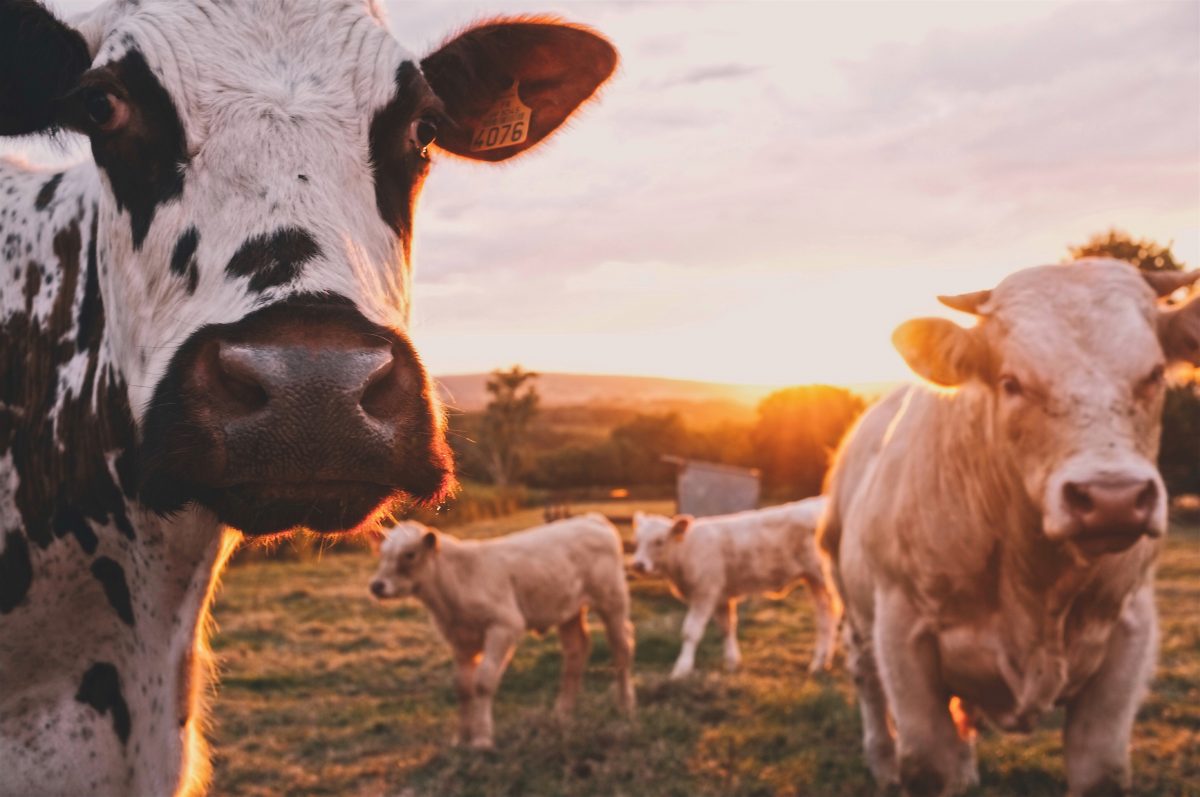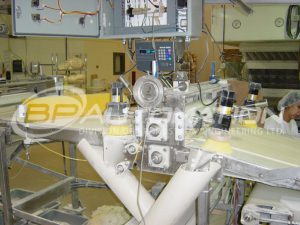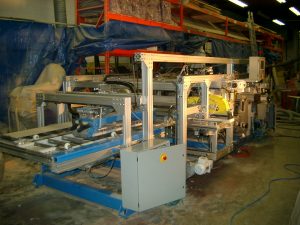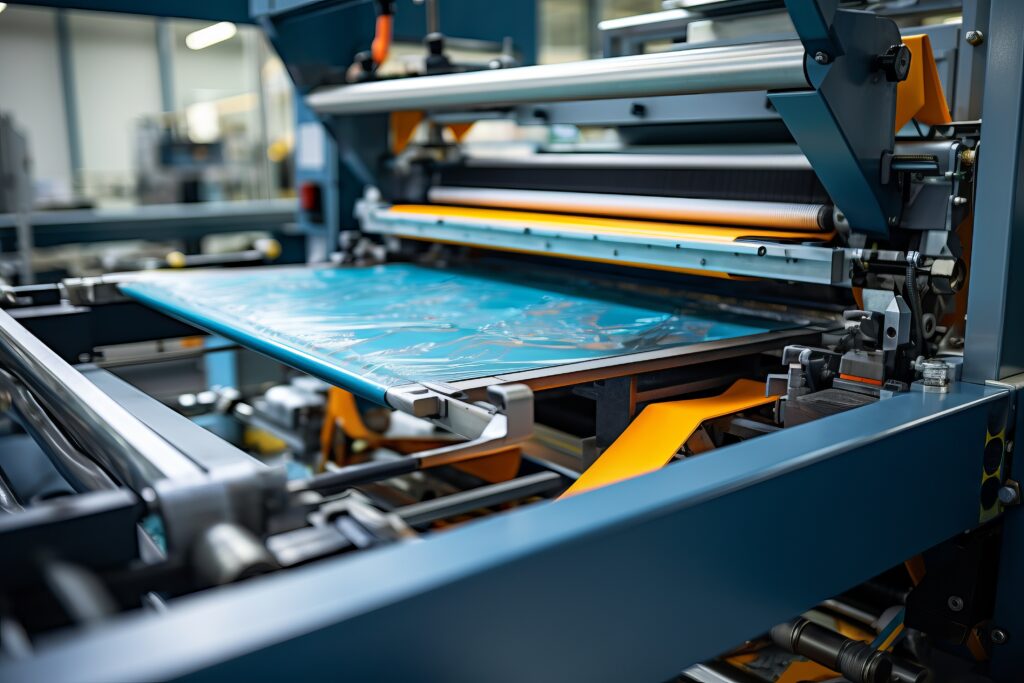
In the intricate world of custom machine manufacturing, the choice of materials plays a pivotal role in determining the performance, durability, and overall quality of the final product. Selecting the rig materials requires a delicate balance between functionality, resilience, and efficiency for choosing the right materials when crafting custom machines.
Understanding the Requirements for choosing the right materials when crafting custom machines.
Before embarking on the material selection journey, it’s crucial to thoroughly understand the requirements of the custom machine. Consider factors such as the intended use, environmental conditions, load-bearing capacity, and any specific industry standards that must be met.
Metals for Strength and Durability
Steel: Known for its strength and durability, steel is a popular choice for custom machine components requiring high load-bearing capacities.
Aluminum: Ideal for applications where weight is a significant consideration, aluminum offers a good balance of strength and lightness.
Specialty Alloys for Specific Applications
Titanium: In situations where corrosion resistance and high strength are critical, titanium is an excellent choice.
Inconel: For applications involving extreme temperatures and corrosive environments, Inconel provides exceptional heat and corrosion resistance.
Engineering Plastics for Versatility
Nylon: Known for its versatility and wear resistance, nylon is a suitable choice for components exposed to friction and constant movement.
Acetal (Delrin): With low friction properties, acetal is commonly used in precision machining for its dimensional stability and resistance to wear.
Composite Materials for Lightweight Strength
Carbon Fiber Reinforced Polymers (CFRP): Offering a high strength-to-weight ratio, CFRP is ideal for applications where weight reduction is critical without compromising strength. Fiberglass: A cost-effective option with good strength characteristics, fiberglass is often used for components requiring a balance of strength and affordability.
Ceramic Components for High Wear Resistance
Zirconia: Known for its high hardness and wear resistance, zirconia ceramics are suitable for components exposed to abrasive conditions. Alumina: With excellent thermal and electrical insulating properties, alumina ceramics are chosen for specific high-temperature applications.
Corrosion-Resistant Materials for Harsh Environments:
Stainless Steel: Resistant to corrosion and staining, stainless steel is an excellent choice for components exposed to moisture and corrosive substances. Corrosion-Resistant Alloys: In aggressive chemical environments, selecting alloys designed for corrosion resistance is essential.
Balancing Cost and Performance
Consider the budget constraints of the project and find a balance between cost-effectiveness and the desired performance. Sometimes, a strategic combination of materials may offer the best compromise.
Precision in Every Material Choice
Choosing the right materials for custom machines is a meticulous process that requires a deep understanding of the project’s unique requirements. By carefully considering factors such as strength, durability, environmental conditions, and budget constraints, engineers and machinists can ensure that each custom machine is crafted with precision and excellence. In the world of custom machining and engineering, material selection is not just a step; it’s a commitment to delivering quality, performance, and longevity.
For all of your custom machining designs contact BP Automation, engineering company in Edmonton, AB. BP Automation is a proven leader in the analysis, design and manufacturing of custom machines and engineering solutions in Edmonton, AB. Contact us today.
